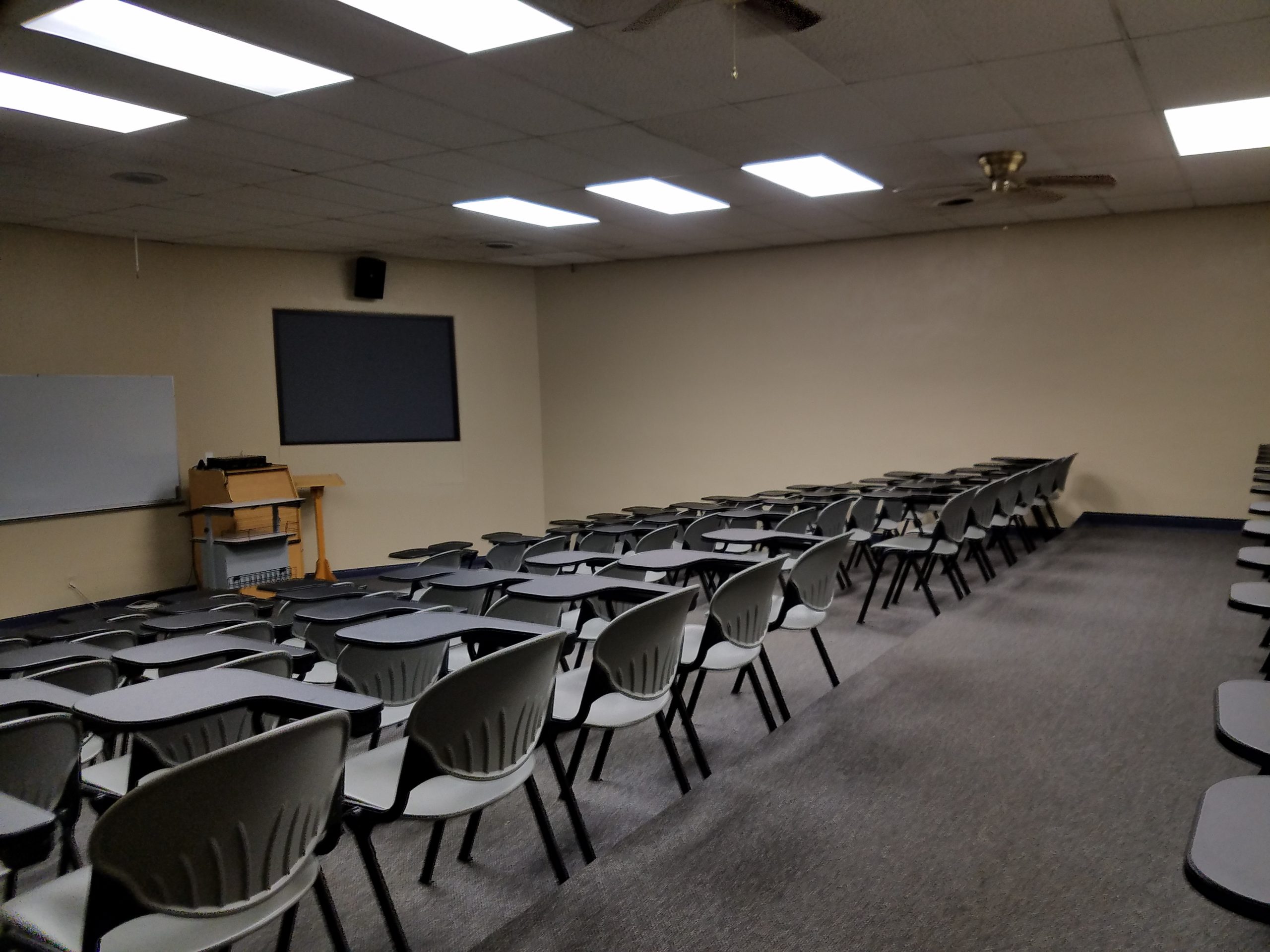For international students at Georgetown, the university’s classrooms can feel like an unexpected cultural challenge. While the campus prides itself on its global community, classroom discussions often reveal an unspoken divide—one shaped by the subtle dominance of American cultural references. What does it mean to participate in conversations where lived experiences and cultural touchpoints are presumed universal but reflect only a fraction of the room?
Discussions in Georgetown’s classrooms frequently lean on U.S.-centric topics, leaving international students struggling to adapt. From casual mentions of the Super Bowl to debates over the electoral college system, these references can alienate students unfamiliar with these topics. While American students navigate these conversations effortlessly, international students often find themselves playing catch-up, grappling with gaps in cultural knowledge.
Dung Tran (SFS ’26), an international student from Vietnam, reported encountering such challenges in his Personal Narratives and Professional Discernment class. The one-credit course, designed to prepare students for the U.S. job market, focused heavily on tailoring resumes and networking strategies for American employers. While Tran acknowledged the course’s broader utility for many students, he felt it overlooked the diversity of professional landscapes represented in the room. “For those of us planning to work elsewhere, the strategies weren’t always applicable,” he explained. “The process of job hunting in Vietnam is very different from the U.S., and the course didn’t account for that.” Tran’s experience underscores a broader challenge at Georgetown: even as the university builds a global student body, some aspects of its curriculum fail to embrace the diversity it attracts.
This cultural divide manifests itself in formal and informal discussions across campus, where assumptions of shared cultural knowledge often dominate. This dynamic frequently pressures international students to conform to American norms or risk being perceived as uninformed. Addressing these challenges requires creating classroom spaces where global perspectives are not merely tolerated but actively integrated. Encouraging open dialogue that invites students to share insights from their own cultural contexts can transform these discussions into spaces of mutual learning. For example, professors could highlight diverse, non-Western case studies—such as using India’s Green Revolution to explore agricultural policies, or analyzing South Africa’s post-apartheid constitution to examine transitional justice frameworks—without immediately drawing comparisons to the United States. This approach not only broadens the scope of the discussion but also creates opportunities for international students to contribute unique insights. By doing so, professors can ensure that students engage with a truly global perspective, where different cultural contexts are valued and integrated meaningfully into the conversation.
Georgetown’s recent emphasis on inclusivity shows promise, with some professors making strides to bridge such cultural gaps. Tran mentioned that in many of his International Politics (IPOL) courses, professors regularly open the floor for students to connect course material to their own backgrounds. “I felt like I was able to share something meaningful from my perspective,” Tran said. “It brought a different kind of energy to the class.” Small, intentional actions like these create an environment where all students feel valued and included.
Ali Nasir (SFS ‘26), an international student from Pakistan, shared his reflection on how diverse cultural associations, particularly in courses like his War and Public Opinion class, impact classroom discussions. Nasir noted that while American conflicts like the Civil War are easily accessible topics for most students, certain international issues can create a greater challenge for those unfamiliar with them. “When we discussed the Kashmir conflict, I found myself more comfortable and equipped to contribute,” he shared. “I’ve grown up with this issue—it’s part of my national consciousness.”
Nasir explained that the accessibility of certain topics, like U.S. conflicts, stems not only from the cultural familiarity many American students have with them but also from their constant reinforcement through media, education, and popular culture. “The Civil War, for instance, is something most American students have studied since middle school,” Nasir observed. “It’s been covered in their history classes, TV shows, movies, and even video games. Meanwhile, a conflict like Kashmir may only appear briefly in international relations courses or the news, and usually from a Western perspective.” Yet Nasir views these challenges positively, seeing them as part of the educational experience that Georgetown provides. “It’s the beauty of studying in a multicultural environment. It’s okay to have differences,” he said. He also noted how seasoned professors in the School of Foreign Service create level playing fields by contextualizing conflicts, from Latin America to East Asia, ensuring all students can engage meaningfully regardless of their prior knowledge.
Adding another layer to this conversation is the perspective of Farid Youssef (SFS ’26), an international student from Egypt. Youssef admitted that navigating Georgetown’s classroom discussions could be daunting but saw that challenge as an opportunity for growth. “There will always be people who know more about something related to their indigenous setting,” he reflected. “Instead of viewing that as an obstacle, I embrace it as a learning opportunity.” Youssef’s academic and research interests coincide with his cultural background which is why he strategically enrolled in courses related to the Western Asia and North Africa region provided by the Government and Arab Studies Departments. This allowed him to leverage his prior knowledge base and lived experiences to understand how the region is viewed from the outside. “In those classes, I’m on the other side of the table,” he said. “I can contribute more confidently because the discussions align with what I know very well. This also allows me to critically engage with other perspectives.” His approach highlights how embracing the diversity of Georgetown’s course offerings can help international students find spaces where they thrive.
Yet, while courses like International Politics or International History naturally lend themselves to diverse perspectives, the same cannot always be said for disciplines like Journalism, Economics, or Biology, where American cultural references dominate conversations. In these settings, international students often face greater challenges, as discussions hinge on U.S.-centric examples and assumptions. This highlights the need for mindful inclusivity, particularly in courses where global perspectives are less obvious but no less relevant.
Despite ongoing efforts, the university still has work to do in ensuring every student’s voice is not only heard but fully integrated. International students continue to navigate these divides independently, drawing on resilience and adaptability to bring a broader worldview to Georgetown’s classrooms. The university’s push toward inclusivity is a step in the right direction, but achieving a learning environment that values and integrates diverse perspectives remains a work in progress. Embracing these differences as opportunities for mutual learning and fostering a culture where students can openly share their experiences will bring Georgetown closer to becoming the global community it aspires to be—one where cultural diversity is not a barrier but a bridge. Only then can the university truly be a space where every student, regardless of background, feels both welcomed and understood.





